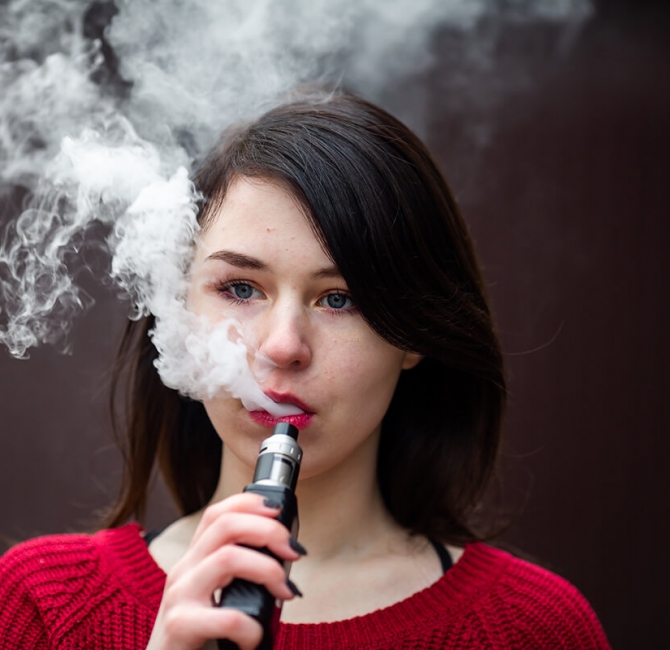A study published in the Journal of Adolescent Health examines adolescent substance use changes in frequency, social contexts, and pandemic-related predictors.
Abstract
Objective: The overarching goal of this study was to provide key information on how adolescents’ substance use has changed since the corona virus disease (COVID)-19 pandemic, in addition to key contexts and correlates of substance use during social distancing.
Methods: Canadian adolescents (n = 1,054, Mage = 16.68, standard deviation = .78) completed an online survey, in which they reported on their frequency of alcohol use, binge drinking, cannabis use, and vaping in the 3 weeks before and directly after social distancing practices had taken effect.
Results: For most substances, the percentage of users decreased; however, the frequency of both alcohol and cannabis use increased. Although the greatest percentage of adolescents was engaging in solitary substance use (49.3%), many were still using substances with peers via technology (31.6%) and, shockingly, even face to face (23.6%). Concerns for how social distancing would affect peer reputation was a significant predictor of face-to-face substance use with friends among adolescents with low self-reported popularity, and a significant predictor of solitary substance use among average and high popularity teens. Finally, adjustment predictors, including depression and fear of the infectivity of COVID-19, predicted using solitary substance use during the pandemic.
Conclusions: The results provide preliminary evidence that adolescent substance use, including that which occurs face to face with peers, thereby putting adolescents at risk for contracting COVID-19, may be of particular concern during the pandemic. Further, solitary adolescent substance use during the pandemic, which is associated with poorer mental health and coping, may also be a notable concern worthy of further investigation.



